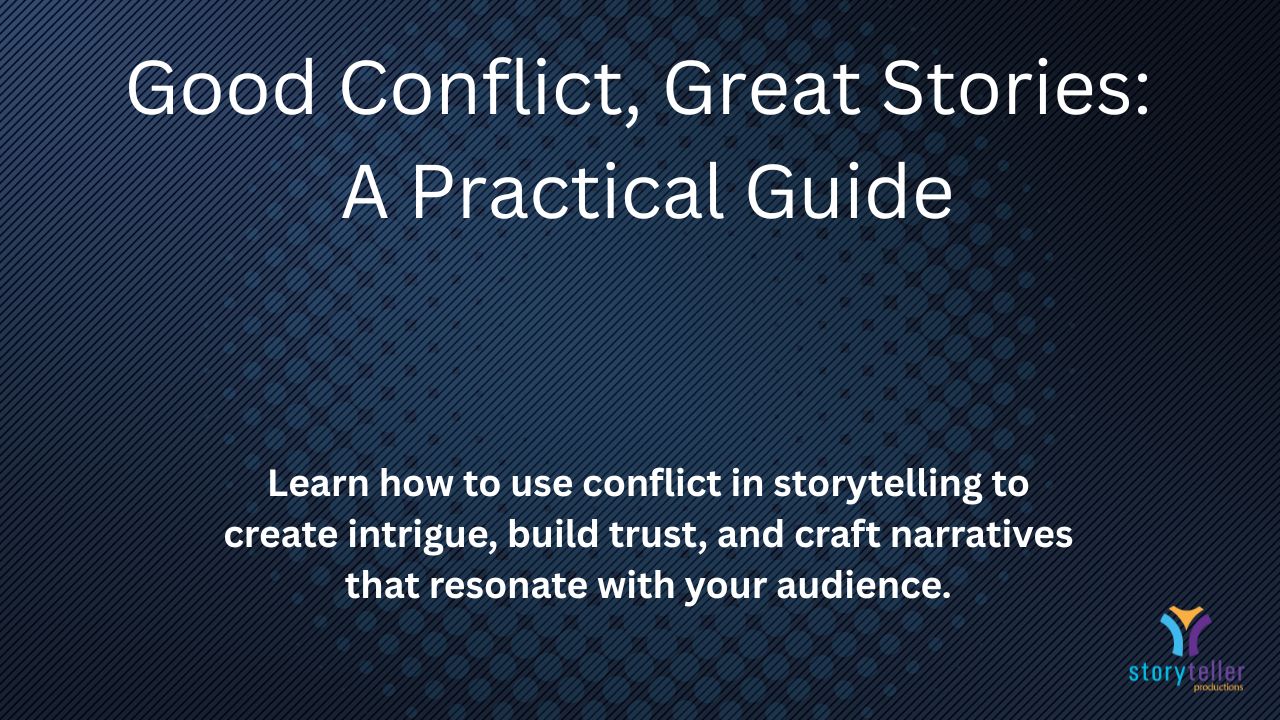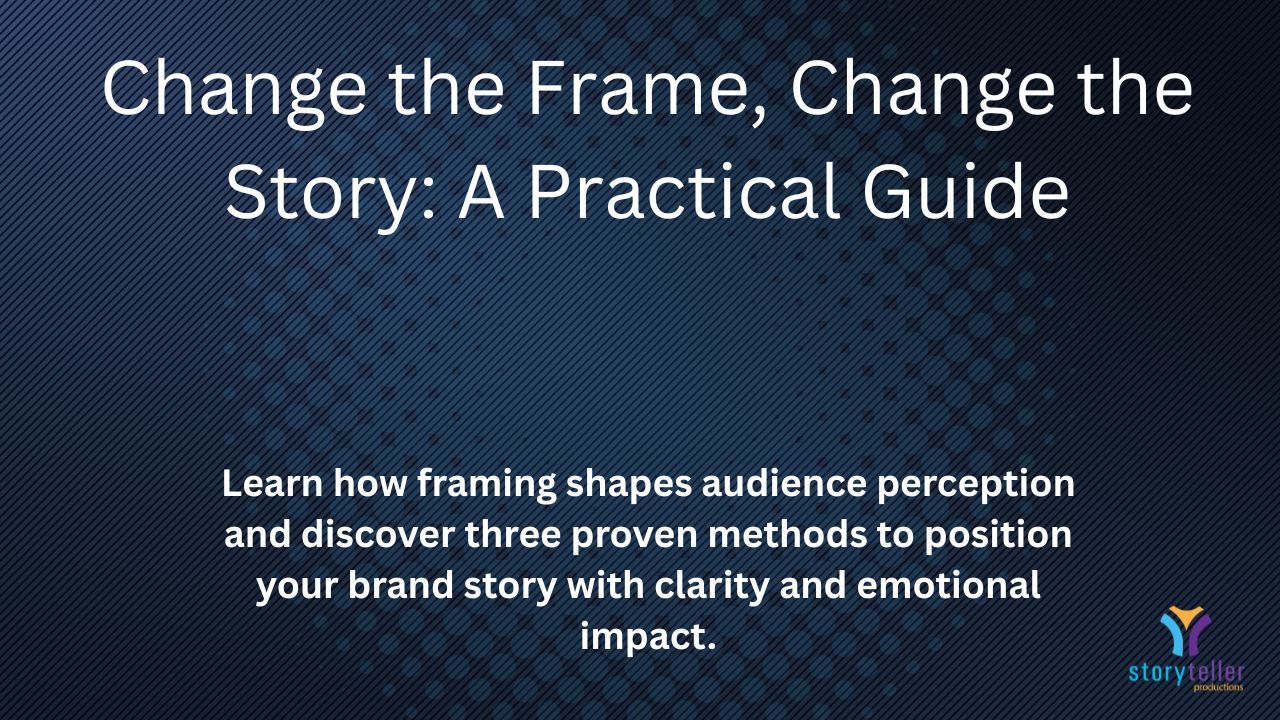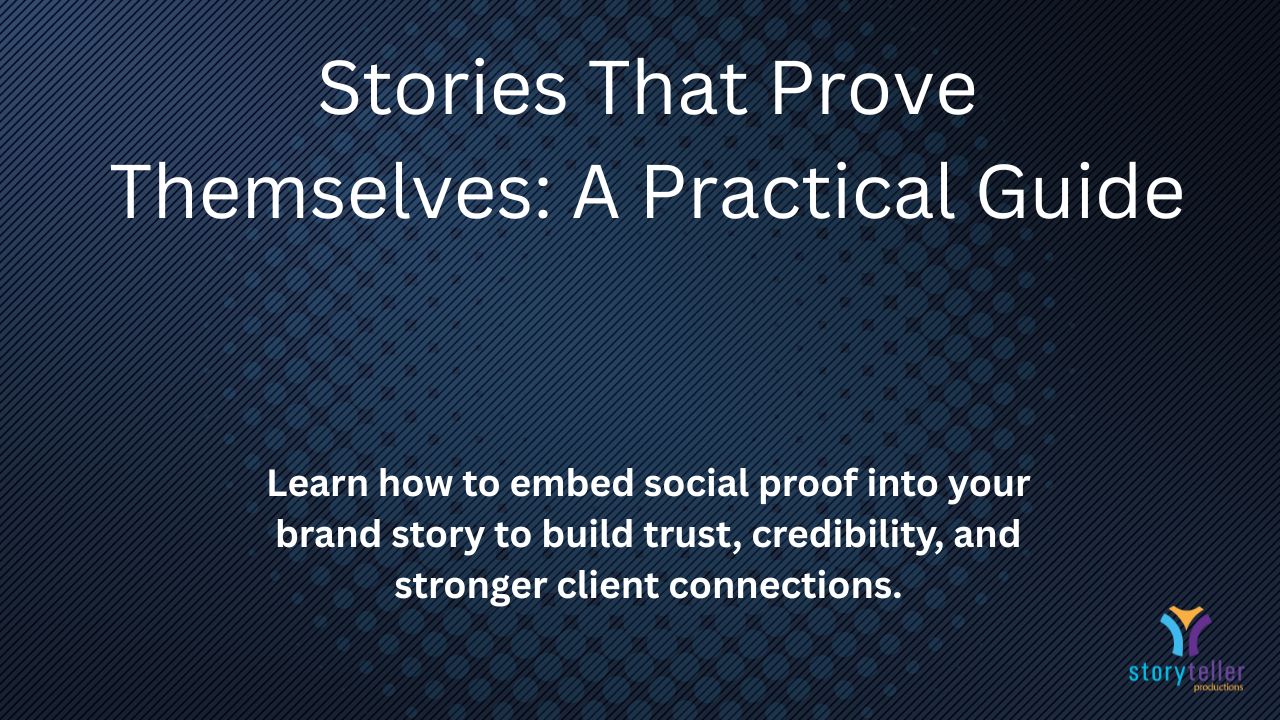Batch Like a Pro: A Practical Guide
In today’s digital landscape, small teams, solopreneurs, and aspiring thought leaders face the same dilemma: too many tasks, not enough time.
Content creation is usually the first thing to slip. You start strong with a few posts or videos, but soon you’re scrambling, inconsistent, or burned out.
The problem isn’t your creativity—it’s your workflow.
That’s where content batching comes in. By dedicating focused sessions to create large amounts of content at once, you save time, reduce stress, and maintain consistency. Done right, batching allows you to create months of content in just a few sessions.
What Is Content Batching?
Content batching is the practice of grouping similar tasks together for efficiency. Instead of bouncing between writing, recording, and designing all week, you focus deeply on one type of task at a time.
- Inefficient way: Monday = write one blog, Tuesday = film one video, Wednesday = design one graphic.
- Batching way: Monday = write four blogs, Tuesday = film eight videos, Wednesday = design a month’s worth of graphics.
This approach minimizes context-switching and helps you enter flow states where productivity compounds.
Step 1: Define Your Content Goals
Before batching, you need clarity:
- What topics resonate with your audience?
- Which formats matter most (blogs, videos, podcasts, graphics)?
- How often will you publish?
Example: If your goal is one blog and two videos per week, you’ll need 4 blogs and 8 videos per month. That number gives you a target for your batching sessions.
Step 2: Build a Content Calendar
Your batching sessions need a roadmap. Create a simple calendar that maps out:
- Topics (aligned with audience needs)
- Formats (blog, video, podcast, graphic)
- Deadlines (publication dates)
Example: For next month, map out four blog titles and eight video topics. Knowing your lineup in advance removes decision fatigue and keeps you focused.
Step 3: Block Your Time
Schedule batching days just like client meetings or deadlines. Protect the time.
Sample Batching Schedule:
- Day 1: Write all blogs.
- Day 2: Film and record all video/podcast content.
- Day 3: Create social graphics and schedule posts.
💡 Pro tip: If you can’t dedicate full days, break batching into half-day or 2-hour blocks. The key is focus, not length.
Step 4: Gather Resources Ahead of Time
Preparation is the difference between a smooth session and wasted hours. Collect everything you’ll need:
- Research materials for blogs or scripts.
- Equipment (camera, lights, microphone) pre-tested and ready.
- Templates for graphics, slides, or social posts.
- Software open and updated.
Example: Before a video batching day, finalize all scripts and set up your filming location. That way, you’re not adjusting lights for 30 minutes between takes.
Step 5: Execute Your Batching Sessions
When batching day arrives, go all in.
- Eliminate distractions: Silence notifications, shut email, close Slack.
- Use focus intervals: Try 25 minutes on, 5 minutes off (Pomodoro method).
- Stay flexible: If stuck on one task, shift to another in the same batch.
Example: A podcaster records 6 episodes in one sitting. Energy dips after the fourth? Switch to editing notes for earlier episodes before resuming recording.
Real-World Batching in Action
- Small marketing team: Dedicates Mondays to client content. They brainstorm, draft, design, and schedule in bulk—cutting weekly workload by 30% while increasing engagement.
- YouTube creators: Many film 5–10 videos in a single day, changing outfits between takes. This keeps their upload schedule consistent without weekly recording stress.
- Social media managers: Build 30 days of posts in Canva in one afternoon, then load them into a scheduler—freeing the rest of the month for engagement.
Step 6: Review and Refine
Batching isn’t a one-time fix. Review your content performance and workflow regularly:
- Did your content hit engagement or traffic goals?
- Were your batching sessions efficient—or too ambitious?
- What bottlenecks slowed you down?
💡 Pro tip: Track how many pieces of content you can realistically produce per batching session. That number becomes your benchmark moving forward.
Advanced Batching Strategies
- Repurpose Content
- One blog → email newsletter → LinkedIn post → video script.
- Start with a “pillar” piece, then batch derivatives.
- Automate Scheduling
- Use tools like Buffer, Hootsuite, or Later to pre-load content.
- Batching + scheduling = true consistency.
- Batch Collaboration
- If you have a team, assign batching roles. Example: writer drafts 5 blogs, designer batches 20 graphics, editor batches 4 videos.
- Quarterly Batching
- High-output teams create 2–3 months of content in one mega-batching sprint. Ideal for campaigns or seasonal businesses.
Why Batching Works Beyond Efficiency
Batching isn’t just about time management. It’s about creative energy.
- When you write multiple pieces in one session, your ideas connect and flow better.
- When you film several videos, your delivery improves as you warm up.
- When you design graphics in bulk, your style stays consistent.
It’s not only more productive—it’s more cohesive.
Conclusion: Adopt the Batching Mindset
Content batching is a shift in mindset. Instead of chasing deadlines, you design your workflow for consistency, creativity, and growth.
So reflect:
- Which part of your content workflow could you batch this week?
- What would it feel like to be 30 days ahead instead of 3 days behind?
- How much more creative could you be if your schedule wasn’t ruled by urgency?
Because when you batch like a pro, you stop playing catch-up—and start building momentum.
Want to master content systems? Subscribe to The Storyteller Advantage for practical frameworks on batching, repurposing, and scaling content without burnout.




